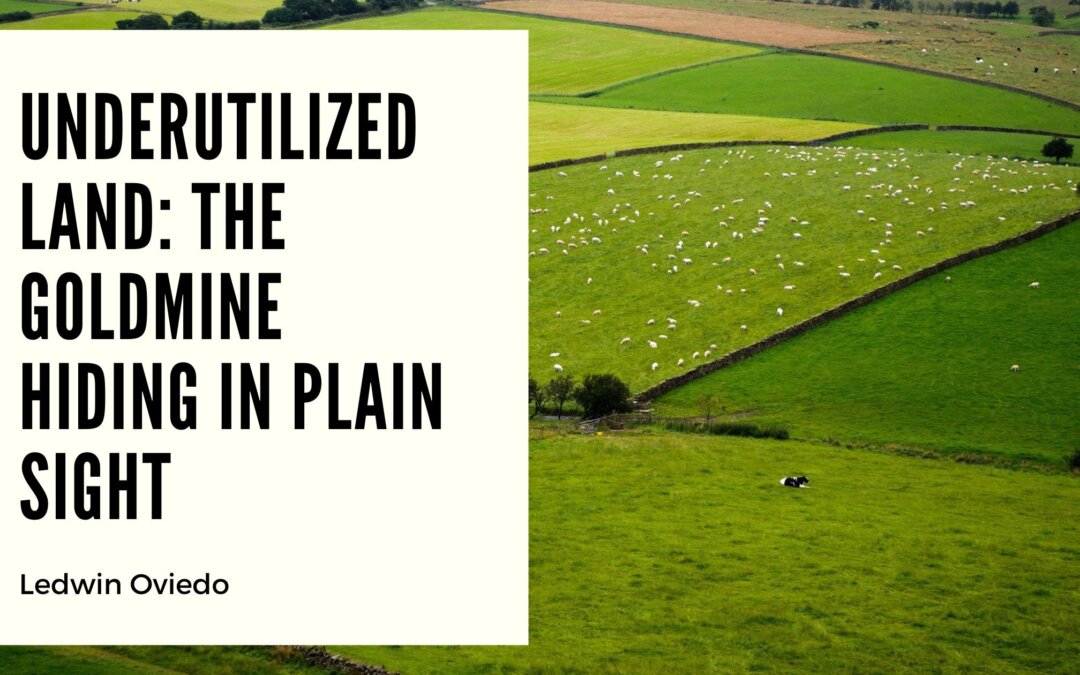Underutilized land represents one of the most overlooked yet potentially lucrative segments of real estate. These are parcels that are poorly zoned, misused, or held by owners who lack the capital or vision to develop them. Often, these properties sit dormant for years, contributing little to the surrounding community and offering minimal economic return.
With the right vision and entitlement strategy, these sites can be transformed into income-producing assets. Whether it’s converting a vacant lot into a multifamily development, repositioning rural acreage into a glamping resort, or transforming an obsolete industrial site into creative office space, the key lies in identifying hidden demand and acting before the market catches on.
Opportunistic investors look beyond obvious urban infill. Suburban edge zones, light industrial corridors, and aging retail strips are prime candidates for reinvention. They conduct feasibility studies and market research to identify unmet needs and future growth nodes. Factors like transit access, upcoming infrastructure projects, school district performance, and rezoning potential can suddenly shift a site’s viability.
Moreover, creative use of zoning overlays, community engagement, and public-private partnerships can further enhance value. Cities increasingly favor developers who align with affordable housing mandates, green building practices, or mixed-use concepts. Presenting a development that serves a public need can expedite approvals, unlock tax incentives, or even reduce land acquisition costs through collaborative negotiations.
Importantly, patience and persistence pay off. Many landowners are reluctant to sell or unaware of their property’s potential. Direct outreach, strategic partnerships, and land option agreements can unlock opportunities. Investors who position themselves as community-focused and solution-oriented often gain traction faster than those purely chasing returns.
Infrastructure costs are often the biggest hurdle with underutilized land. Creative financing through tax increment financing (TIF), grant programs, or infrastructure reimbursements can offset these expenses. The ability to work with municipalities and bring a cohesive development vision is critical.
Ultimately, underutilized land is a canvas. It rewards creativity, negotiation skill, and local insight. In the hands of the right investor, these hidden parcels can become tomorrow’s most valuable real estate. By recognizing potential where others see only obstacles, investors can turn overlooked land into resilient, high-yielding assets.
